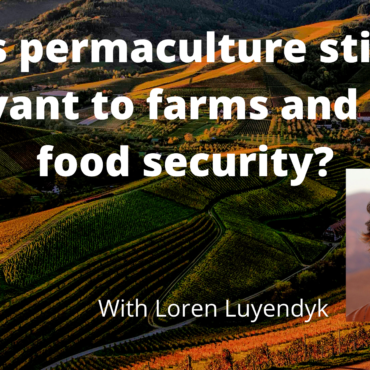
Is permaculture still relevant to small farms and local food security? With Loren Luyendyk of Permaculture Intl.
Permaculture has done an incredible job of raising awareness of natural land management techniques and teaching people to observe and read the patterns of the natural world to inform their […]

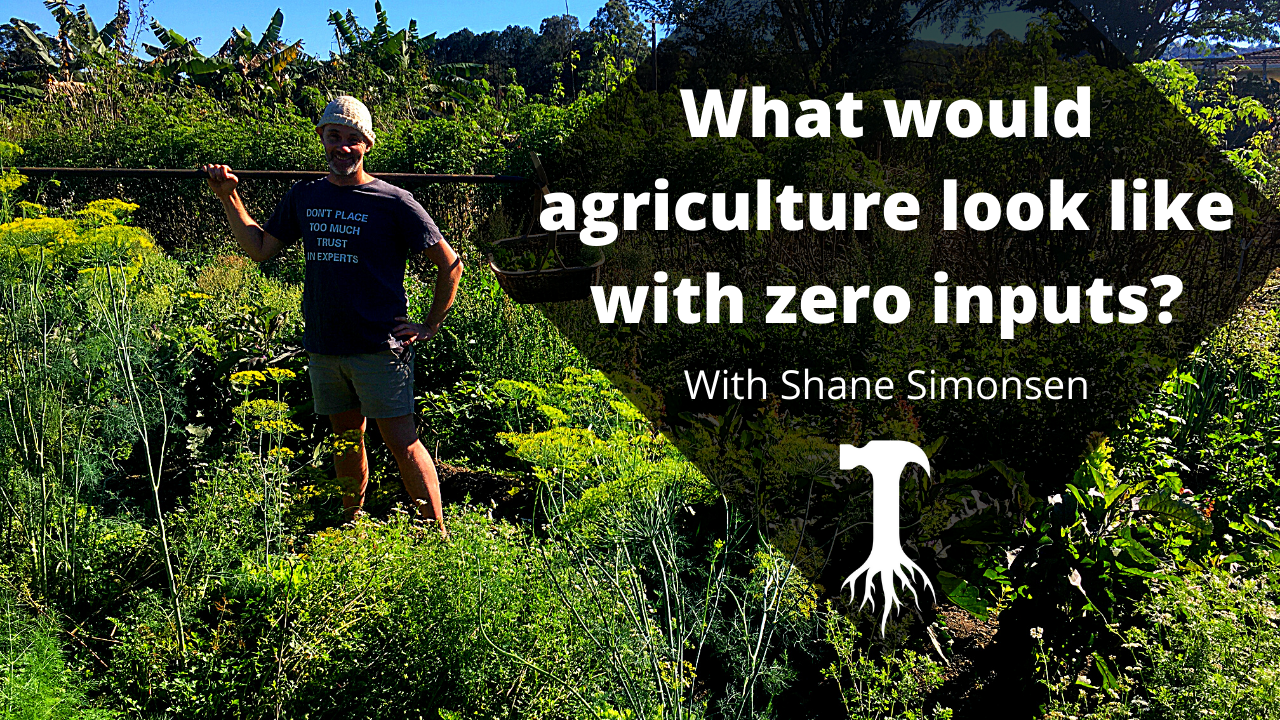
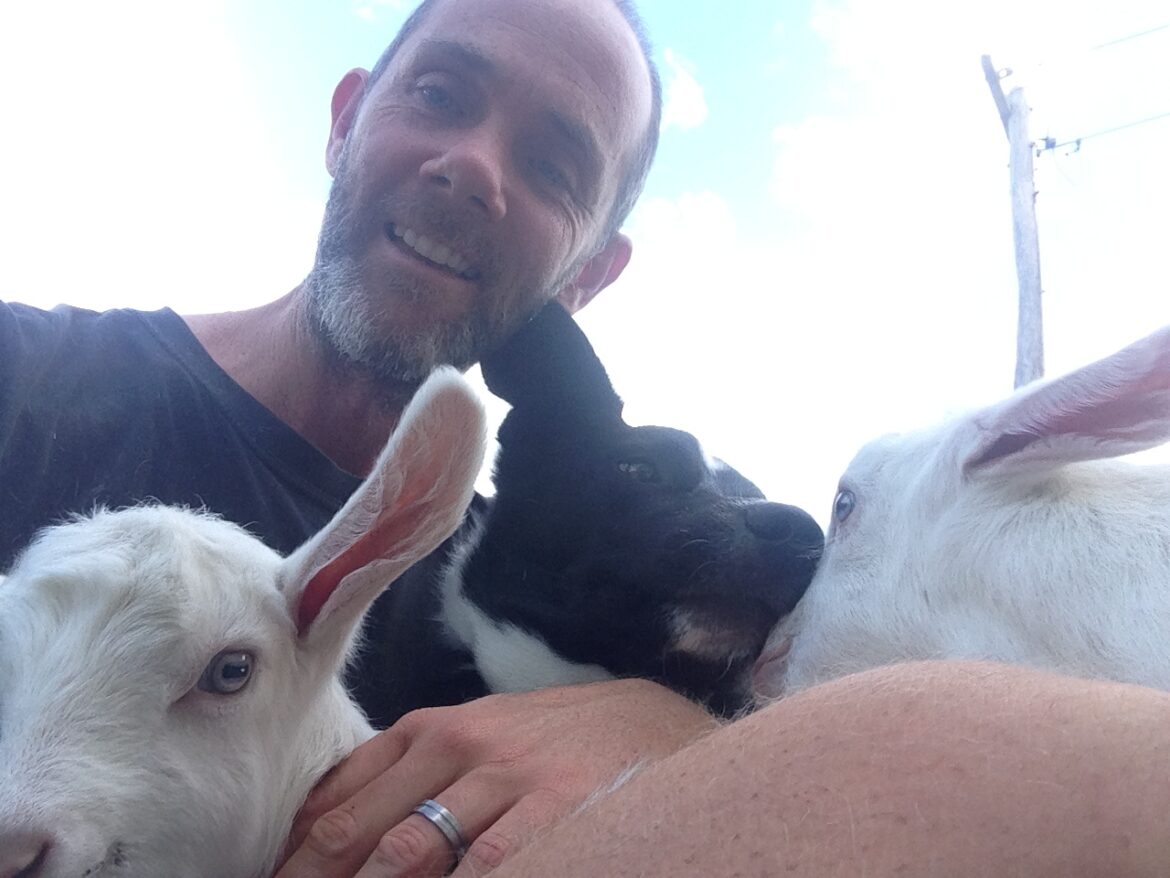
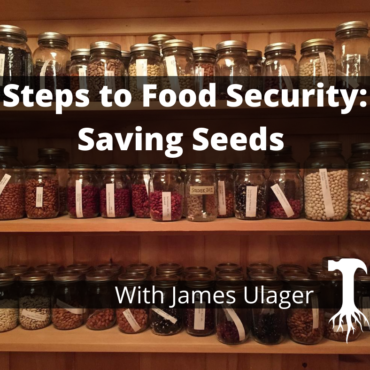
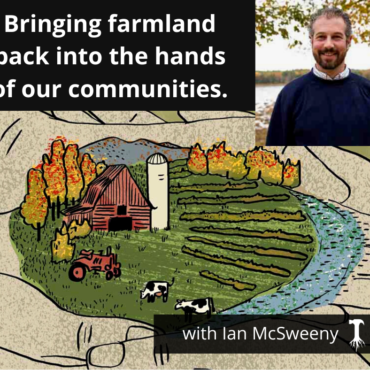
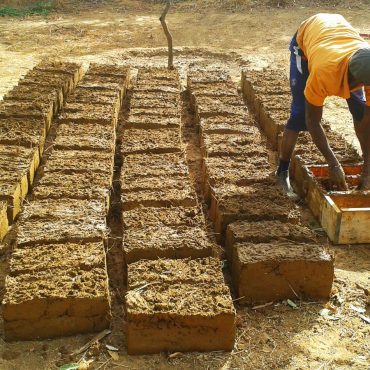
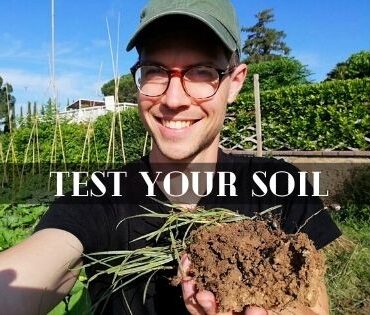
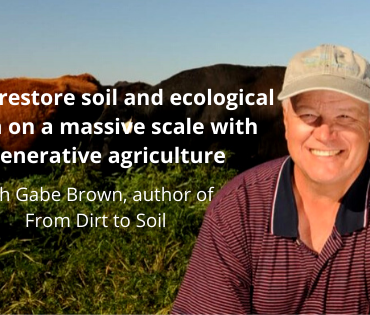
Post comments
This post currently has no comments.